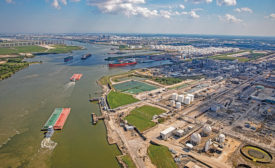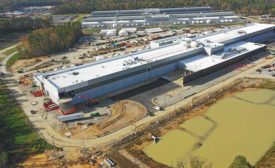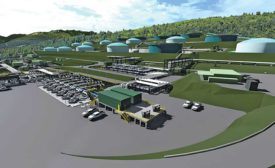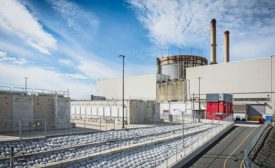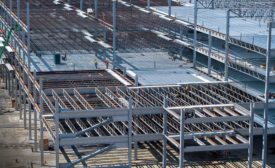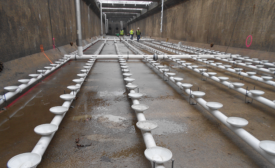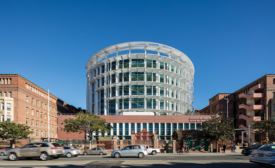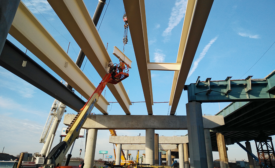Home » Keywords: » Top Owners
Items Tagged with 'Top Owners'
ARTICLES
Top Starts | ENR Texas & Louisiana Owner of the Year
New Urgencies Drive Fixes to Old Problems
The Flint, Mich., crisis raises clean water to national attention
Read More
Net-Zero Energy, Water Complexes on Horizon
Medical center owners increase emphasis on sustainability
Read More
State DOTs Have More Certainty With FAST Act
But the transportation funding landscape has changed
Read More
The latest news and information
#1 Source for Construction News, Data, Rankings, Analysis, and Commentary
JOIN ENR UNLIMITEDCopyright ©2024. All Rights Reserved BNP Media.
Design, CMS, Hosting & Web Development :: ePublishing
